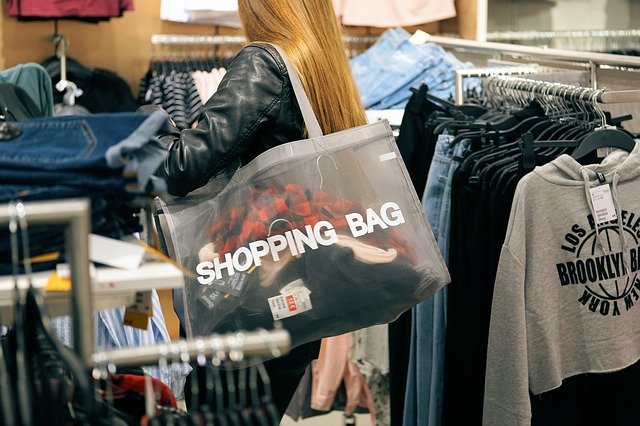In recent years, excessive and compulsive shopping is being recognized by mental health experts as a behavioral addiction.
Development of shopping addiction in some people
Obsessive-compulsive behavior of shopping addiction which is impacting a growing number of people is studied to have four phases that keep repeating:
Anticipation phase: In this phase a person develops persistent feelings and obsessive thoughts about one particular item or with a single action around shopping.
Preparation phase: In this phase preparation and planning happens. The person constantly thinks about things such as where to buy, how to go there, and which credit cards to use
Shopping phase: This execution phase where the actual experience of shopping happens generally includes intense feelings of exhilaration.

Spending phase: Paying for the purchase comes immediately after shopping. This phase is said to generate feelings of regret and guilt leading to feelings of sadness and depression. To overcome these negative feelings, the person goes back to the vicious cycle of the four phases.
Characteristics of shopping addiction
People with shopping behavior issues have certain characteristics. These include:
- Using shopping as a coping mechanism to numb emotional pain
- Being secretive about their shopping trips
- Urge for shopping triggered by stress factors such as low self-esteem, feelings of loneliness, and other negative emotions
- Impulse buying to the point where their shelves are filled with unopened items.
- Experiencing a rush of euphoria from purchasing the process rather than from owning the item
- Frequent use of credit card to post-pone the stress of paying the debt to the immediate gratification and the euphoria of purchasing experience
- Buying followed by feelings of remorse and guilt and remorse which in turn could trigger more shopping, making this a vicious cycle
Consequences of shopping addiction
In addition to the economic costs associated with the buying problem, experts believe it to being a true mental health disorder. This is because abnormal shopping behavior continues or even intensifies in spite of clearly noticeable negative consequences. The consequences may include:
- Mental agony and distress including guilt and remorse
- Too much time devoted to the buying process
- Overspending and going into debt
- Job-related problems due to online shopping
- Social problems as a result of excess spending, especially marital discord and divorce
Treatment to the problem
While there is no standard treatment for shopping addiction, medication and cognitive-behavioral therapy (CBT) are the two common options.
Studies that tested the use of medication generally used to treat anxiety and depression to treat shopping addiction did not give consistent results. Research is still ongoing.
A common method of treatment is cognitive-behavioral therapy. This therapy involves a process of identifying and correcting problem behaviors connected with the way a person thinks, behaves, and feels, all of which might be contributing to their addiction or compulsive behaviors related to shopping.
